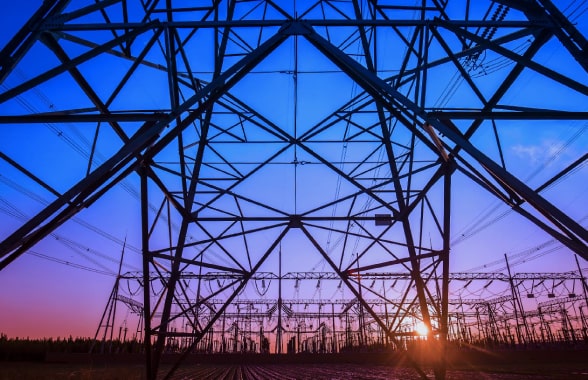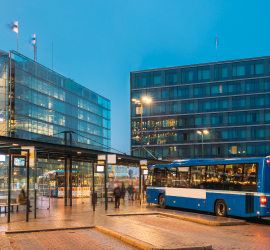Some waste energy examples are:
An office with lights that don't switch off after employees leave
A factory with leaky pipes
Will both waste electricity, heat, and other forms of power. Understanding energy wastage definition and what is wasted energy is a key to reducing it by adopting energy saving strategies and technologies. These include replacing inefficient equipment with energy efficient equipment, and installing programmable thermostats to automatically adjust heating and cooling levels based on occupancy.

How does energy waste affect the environment and why it is important to reduce it?
Reducing wasted energy is good for the environment and good for the bottom line. There are many ways to reduce wasted energy, but what they all have in common is that they will cut your utility bills and your greenhouse gas emissions at the same time. For example, reducing energy waste in manufacturing and improving production line efficiency is essential if manufacturers are to comply with mandatory greenhouse gas emissions regulations.
So how to use less energy and how to reduce energy waste?

In addition to reducing the air pollution that is destabilizing our planet’s climate, turning off an extra light or lowering your thermostat saves natural resources like trees, coal, and natural gas. Lastly, wasted energy ultimately harms the biodiversity of animals and plants in our ecosystem by destroying their natural habitats from the extraction of fossil fuels. If we take actions and adopt good practices to reduce wasted energy, we can lower our carbon emissions footprint and contribute to the fight against pollution and climate change.
How can businesses avoid a waste of energy?
Replacing old equipment is another important step. Swapping older lighting technologies with LED lighting, and replacing inefficient boilers with Combined Heat and Power (CHP) units can achieve energy cost savings of up to 70% and reduce CO₂ emissions by up to 30%.
Energy management systems can also help, by fitting sensors to electrical equipment to monitor system efficiencies and determine where further energy savings can be made. Battery energy storage systems deliver many benefits including greater energy efficiency, and can therefore help reduce wasted energy by storing electricity generated by a photovoltaic (PV) solar power system for when it is most needed.








